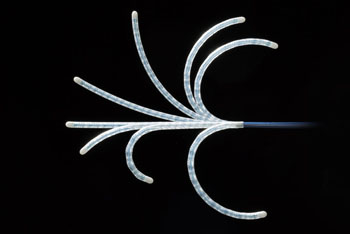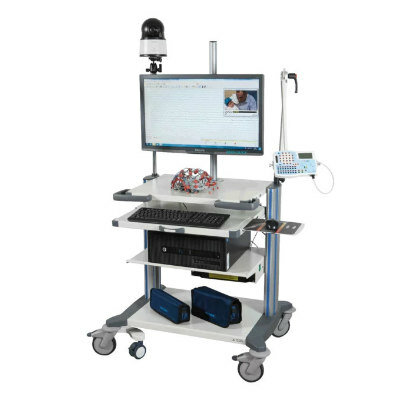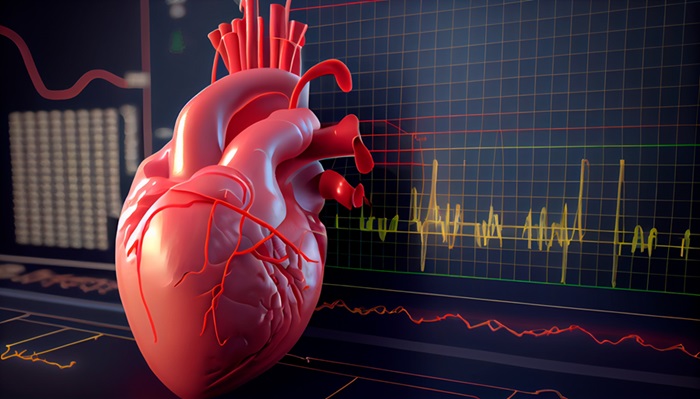Steerable Catheter Aids Cardiac Arrhythmia Treatment
By HospiMedica International staff writers
Posted on 25 Aug 2016
A novel steerable catheter enables targeted delivery of radio frequency (RF) energy to specific points in heart tissue to correct cardiac arrhythmia.Posted on 25 Aug 2016
Developed by researchers at King’s College Hospital (KCH; London, United Kingdom) and design and technology consultancy firm Cambridge Design Partnership (CDP; United Kingdom), the new device involves eight helix-shaped interlocking tubes to improve steerability and provide greater compatibility with robotic control. This allows the user to maneuver the catheter into the correct position faster, improve the accuracy of positioning, and minimize damage to surrounding healthy tissues.

Image: The steerable RF ablation catheter (Photo courtesy of CDP).
The design team at CDP refined the initial KCH design, enabling the device to meet key regulatory and biocompatibility requirements, whilst ensuring suitability for commercial manufacture. Through CDP’s experience of developing highly technical medical devices, the team was able to miniaturize the design to allow space for the delivery of RF ablation energy and irrigation. The new catheter is also assembled from micro injection molded sections, incorporating features that enable it to be built on an automated assembly line at reduced manufacturing cost. Clinical trials are expected to take place in two to three years.
“We have been delighted with the results of Cambridge Design Partnership’s work on this project. The team was chosen for the strength of their existing experience in developing catheters across both start-ups and global corporations," said KCH professor of biomedical engineering Kawal Rhode, PhD. “We were very pleased with the engineering approach and practical improvements that they managed to incorporate. They delivered fully molded parts, and specified other components and the assembly route which fully met our aspirations for the project.”
Cardiac arrhythmia is a group of conditions in which the heartbeat is irregular, too fast, or too slow due to a malfunction of the electrical conduction system of the heart. Cardiac arrhythmias are comprised of extra beats, which include premature atrial contractions and premature ventricular contractions; supraventricular tachycardias, which include atrial fibrillation (AF), atrial flutter, and paroxysmal supraventricular tachycardia; ventricular arrhythmias, which include ventricular fibrillation and ventricular tachycardia; and bradyarrhythmias.
Related Links:
King’s College Hospital
Cambridge Design Partnership













.jpg)
